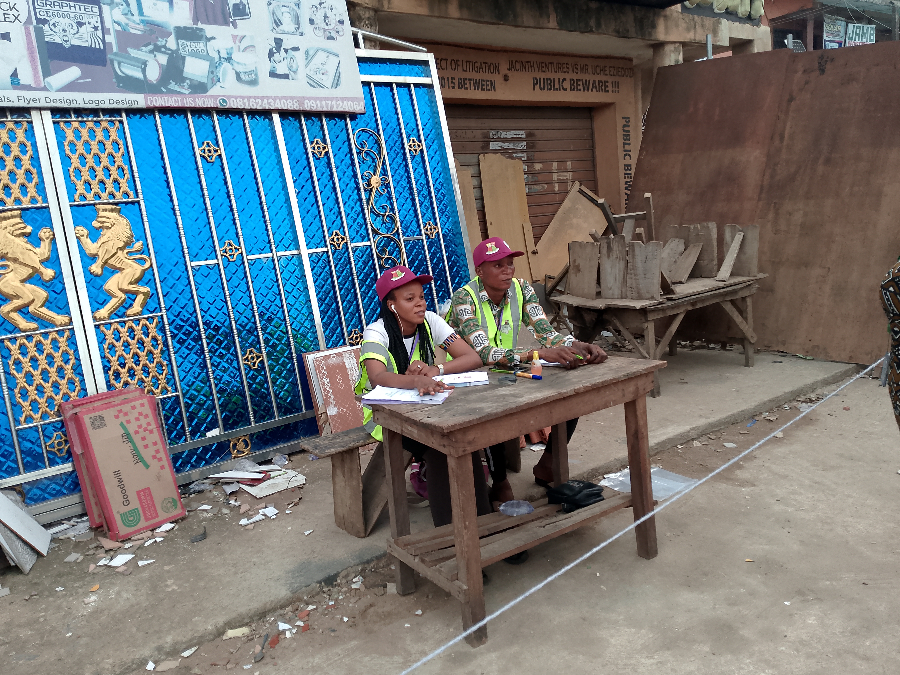Rain, Mix Of Snow May Have Caused Wigwe Helicopter Crash – NTSB


The preliminary report received by the Nigerian Safety Investigation Bureau, NSIB, from the National Transportation Safety Board, NTSB, regarding the Airbus Helicopter EC130B4 accident that claimed the lives of Dr Herbert Wigwe, his wife, Doreen Wigwe; son, Chizi Wigwe; and former Chairman of the Nigerian Exchange Group, Mr Abimbola Ogunbanjo showed that the crash might have occurred due to adverse weather condition.
In a statement by the Director of Public Affairs and Consumer Protection, NSIB, Mrs Bimbo Olawumi Oladeji, initial findings suggest that the helicopter suffered catastrophic damage upon impact, resulting in fragmentation of major components.
The statement noted that further findings said witnesses reported adverse weather conditions characterised by rain and a mix of snow during the flight, adding that several individuals travelling along interstate 15 (I-15) observed a fireball in the area that prompted calls to emergency services.
Therefore, the wreckage of the helicopter was discovered in the high, mountainous desert and scrub-brush-covered terrain near Halloran Springs, California.
The statement reads in part: “Analysis of the accident site revealed a scattered debris pattern about 300 ft along a 120° magnetic, indicating a trajectory from an initial impact point which was a 1.5 ft deep, 12 ft long and 10 ft wide ground crater, containing fragments of the right landing gear skid, cockpit wiring, and cabin floor structure. The right skid step protruded upward at a 45° angle at the extreme eastern edge of the ground crater.
“All major helicopter components were identified at the accident site. The helicopter’s fuselage was fragmented, and the cockpit and cabin were destroyed. Some debris and vegetation displayed thermal damage, indicative of the extent of the collision’s force. The flight control tubes and linkages leading up to the flight control servos were fragmented and continuity could not be verified. All three pitch control links were attached at the swashplate and blade pitch change horns.
“The main rotor blades were fragmented and broomstrawed, and the blade sleeves and tips were present. Data analysis utilised sources including automatic dependent surveillance-broadcast (ADS-B) data, operator personnel reports, and eyewitness accounts to reconstruct the flight path and sequence of events leading to the accident.
“As the investigation progresses, the NSIB remains committed to engaging the NTSB to receive the public docket of the investigation, which will comprise the compendium of information gathered throughout the investigation. This typically includes photographs, interview summaries, documentation, and other relevant data that will give a clearer picture of the factors that led to the accident.”


Kazeem Badmus is a graduate of Mass Communication with years of experience. A professional in journalism and media writing, Kazeem prioritses accuracy and factual reportage of issues. He is also a dexterous finder of the truth with conscious delivery of unbiased and development oriented stories.










